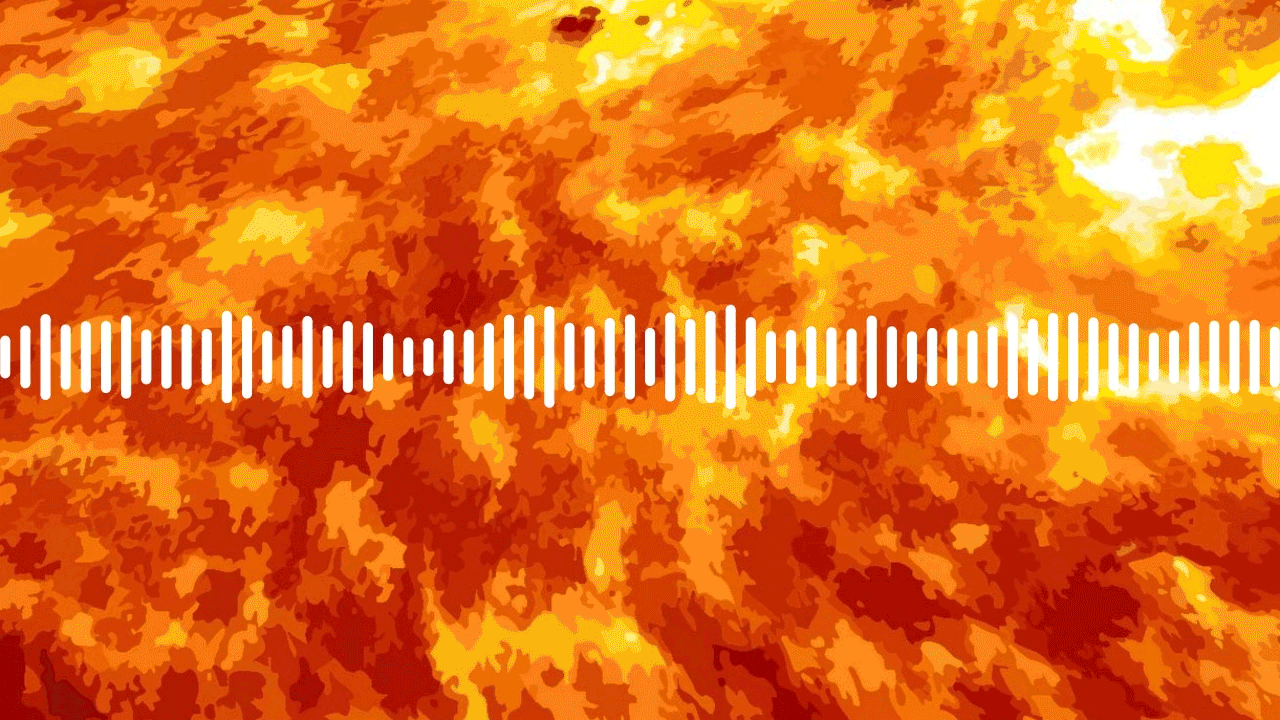I think measuring the headphone amp of digital pianos and their inbuilt speakers might be possible, if the manufacturers would care to take action.
I'm thinking of the
Kawai + Onkyo collaboration where the sense of depth in the sound of a grand piano with a large soundboard was achieved with a small digital piano e.g. CA98/99. Onkyo showed that by increasing the resolution with DIDRC, etc., a sense of air and depth can be created (in special listening/testing rooms). 'Electronic' pianos are often said to have an "electronic sound," but DSD brought out the "rawness and airiness" that is often referred to. Closer to a grand piano but not 100%.
Regarding DSD, query whether the use of AK4137EQ suggests that their samples are in PCM but during playback they convert it to DSD? Or perhaps some samples are originally in DSD but others are in PCM?
Also, why is Korg, one of three DSD champions, not incorporating DSD tech in their pianos?
Meanwhile DSD256 is used, according to
Kawai James. Is this not going too far? Suddenly a digital piano becomes high end audiophile equipment with the inclusion of dual AK4490EQ or its descendants in current models. This sort of piano is less for performers and more for audiophile piano enthusiasts or something thereabouts.
Really, no other digital piano uses DSD or gives their audio tech more than a one liner mention.
The more speakers, the more electricity is used. For these pianos, key action and sound quality is a life or death matter.

www.nasa.gov

